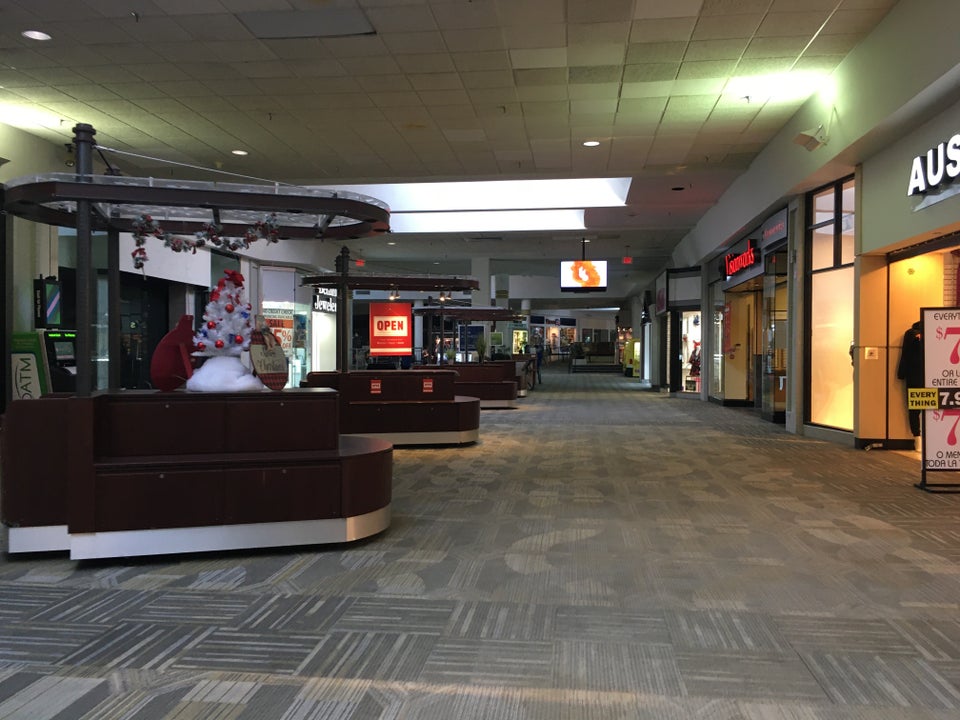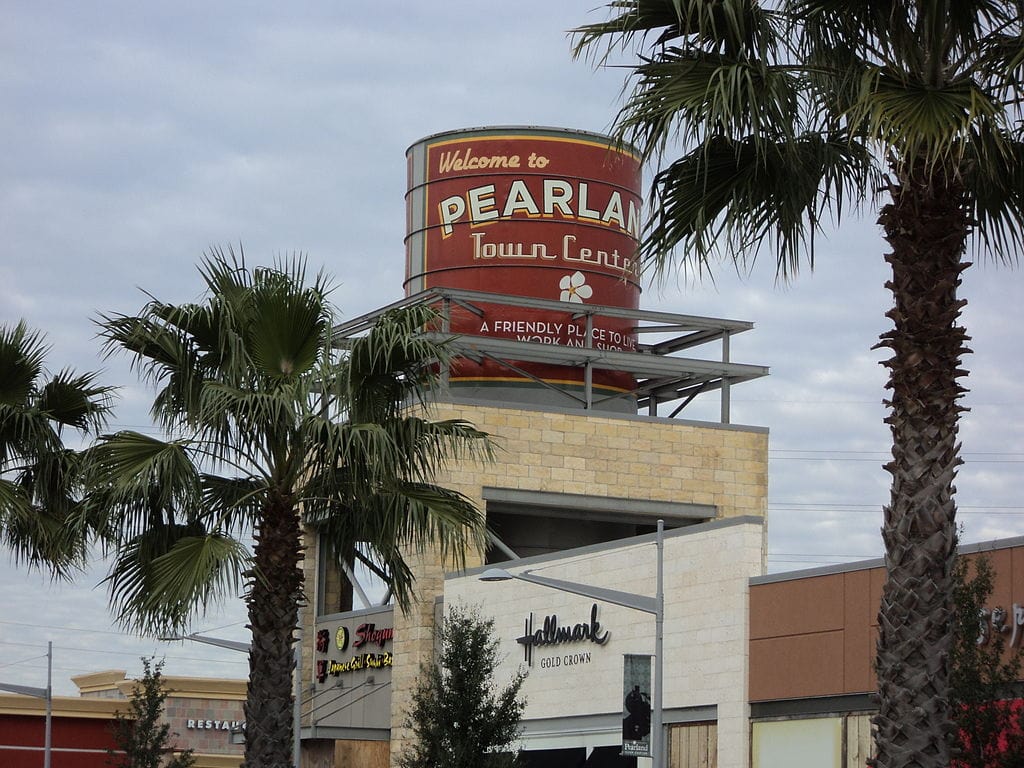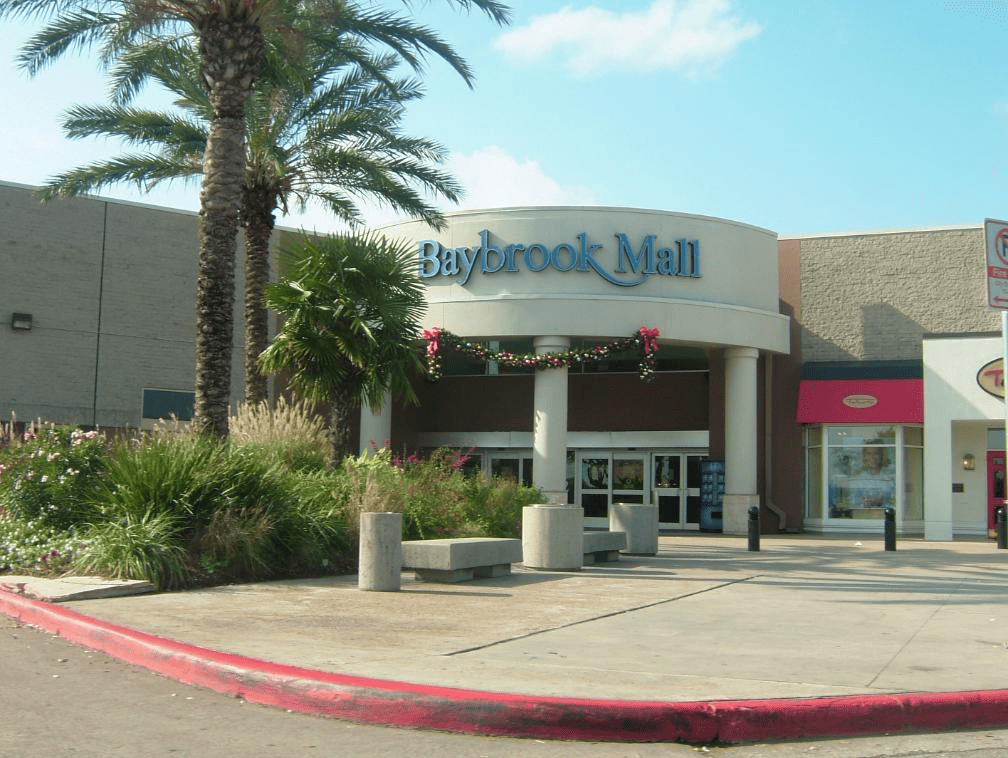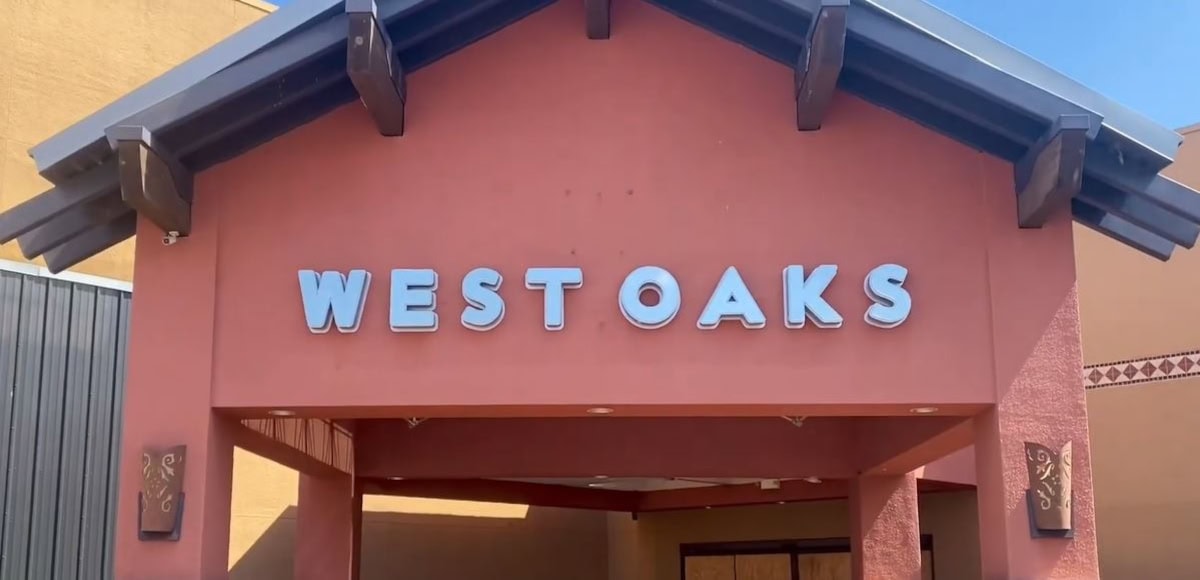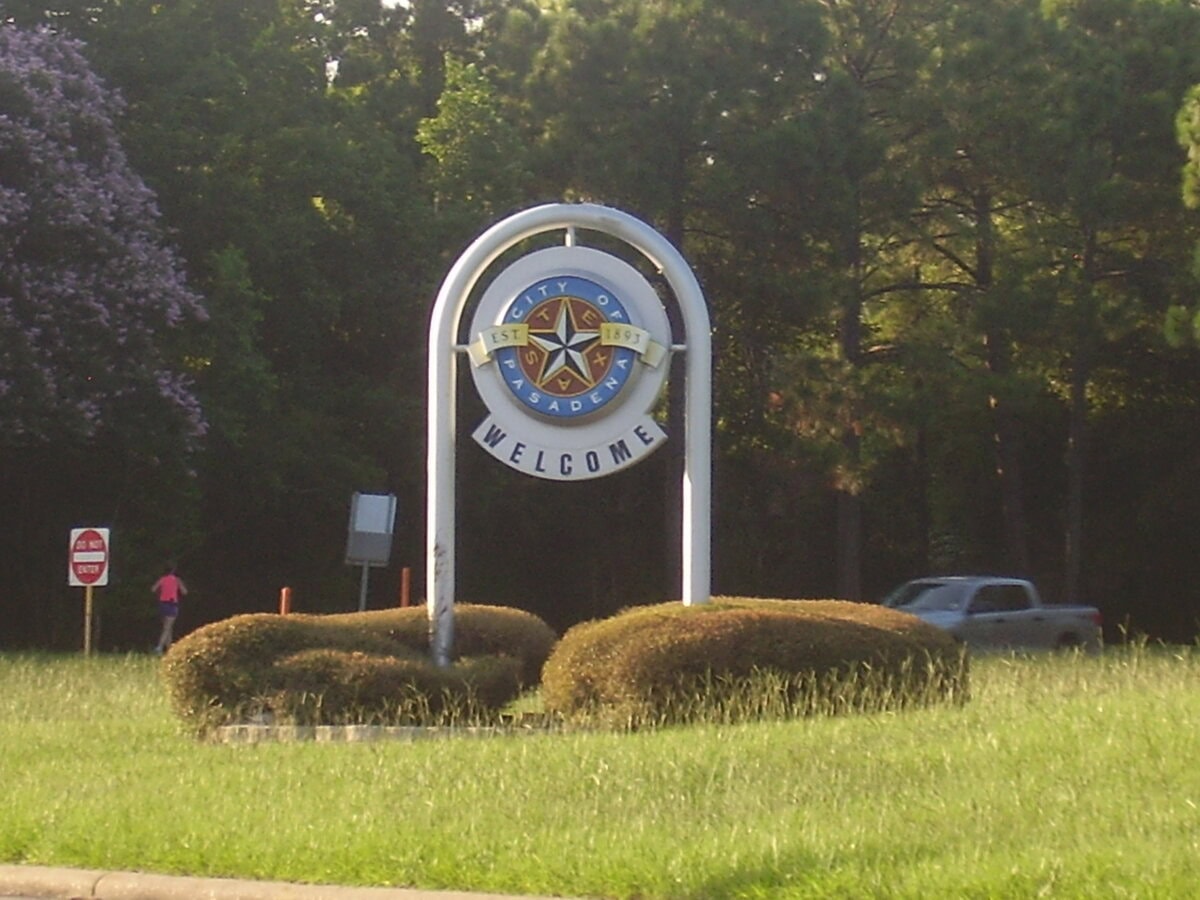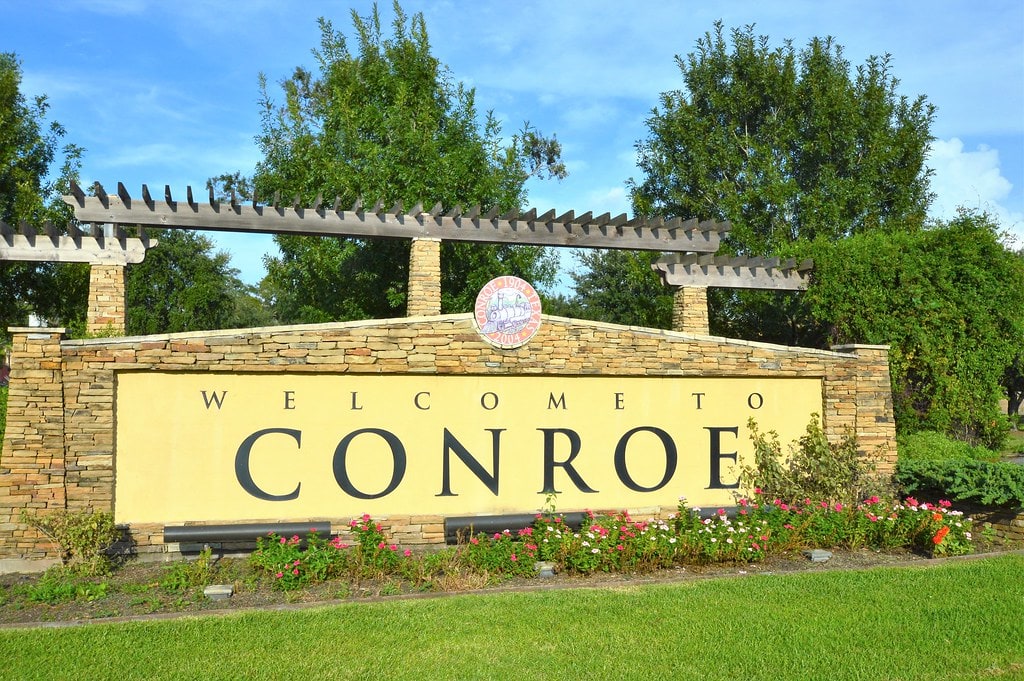You've seen the giant fire hydrant and heard about Spindletop. But do you know which street was named for a judge's nephew? Or why are so many tire shops packed into one city?
From an alligator that predicts the weather to a steamship wreck buried in the Neches, these are the kinds of stories that slip past even longtime Beaumont, TX, residents. Here's a list of facts you probably haven't heard in a while, if ever.
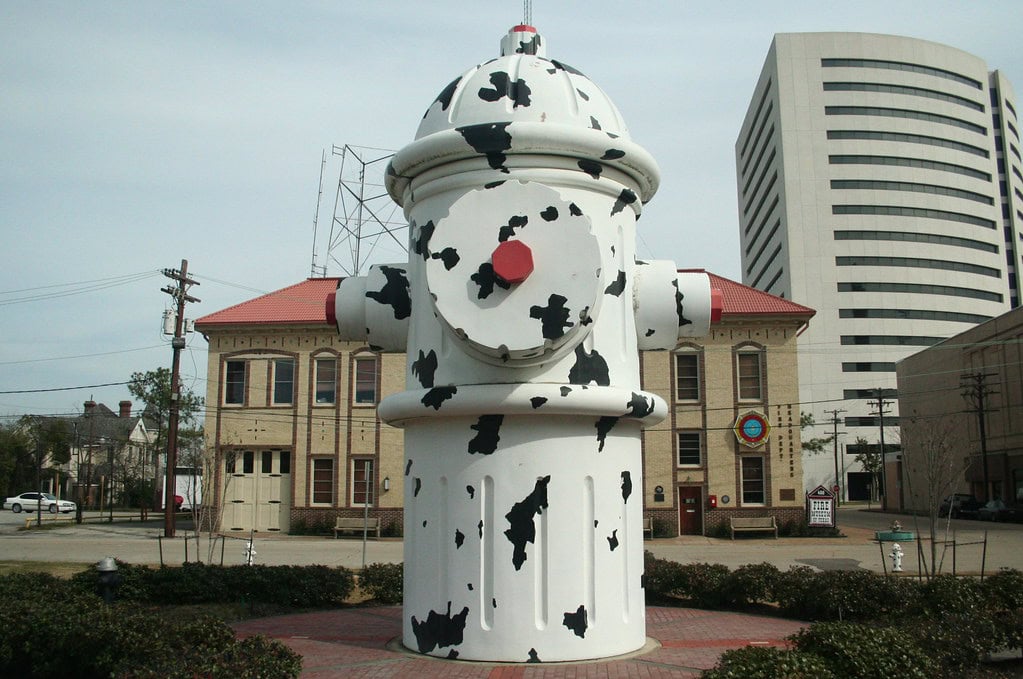
A 24‑foot‑tall Dalmatian fire hydrant marks Beaumont's Fire Museum
In front of the Fire Museum of Texas, a 24-foot fire hydrant painted like a Dalmatian sits on a concrete pad surrounded by red bricks.
It weighs 4,500 pounds, is fully functional, and can shoot out 1,500 gallons of water per minute.
The hydrant was a gift from Walt Disney Studios in 1999 to promote the re-release of "101 Dalmatians." It quickly became a photo stop and local symbol.
In 2025, USA Today ranked it third among all roadside attractions in the country.
Beaumont officials later reported that the hydrant helped increase tourism by 27.5 percent and contributed to a near doubling of hotel stays.
The structure stands at the entrance of the former 1927 central fire station, which houses vintage fire engines and gear.
A 93‑year‑old alligator named Big Al predicts spring
Every February 2 at Gator Country in Beaumont, a 93-year-old alligator named Big Al is offered a raw steak.
If he eats it, the call is for an early spring. If not, it's six more weeks of winter.
The ritual mimics Groundhog Day, but it uses reptile biology instead of shadows.
Alligators become sluggish in colder weather, so Big Al's appetite is used as an indicator.
Owner Gary Saurage started the tradition after years of observing the animal's feeding habits.
The ritual has gained coverage from Houston and Southeast Texas media.
Spindletop's 1901 gusher launched the modern oil age
On January 10, 1901, a drilling rig on Spindletop Hill near Beaumont struck oil and released a gusher that reached more than 100 feet high.
The well flowed at an estimated 100,000 barrels per day and took nine days to cap.
This discovery marked the start of the Texas oil boom and helped shift global energy supply chains.
It led to the formation of major oil companies like Texaco and Gulf, drew thousands of people to Beaumont, and transformed the city from a lumber town into an oil center.
Spindletop also marked the beginning of the modern petroleum industry, including pipelines, refineries, and corporate oil structures still in use today.
Texas's first commercially successful rice mill started in Beaumont
In 1892, Joseph Eloi Broussard converted a gristmill in Beaumont into the first commercially successful rice mill in Texas.
Located at 1800 Pecos Street, the facility marked the beginning of large-scale rice production in the region.
Broussard also established an irrigation company to support rice farming, which later became the Lower Neches Valley Authority in 1933.
His efforts helped expand rice cultivation across Southeast Texas, from just a few thousand acres to over 400,000 by the time of his death in 1956.
The mill structure stood for decades and remained visible into the 2020s, though it ceased operations around mid-2024.
A lone Humble Oil station stands as Beaumont's quiet relic
At the corner of Laurel Avenue and N M L King Jr Pkwy, a single abandoned Humble Oil & Refining Co. station remains, a rare survivor of once‑common Moorish‑Spanish style service stations from the 1930s.
Back then, roughly 15 of these stations dotted the city, offering "Flashlike Gasoline" and free tire and battery checks.
Built with decorative latticework and bold signage, they were spaced so drivers were never more than a few blocks from one.
The station ceased operations before the 1972 Exxon rebranding and today remains vacant, its architecture fading and its purpose a memory of Beaumont's early oil‑industry identity.
Beaumont's old depot was actually a Wells Fargo office
The brick building at 909 Laurel Avenue, long widely misidentified as Beaumont's Santa Fe train depot, actually began as a Wells Fargo office in the early 1900s.
It later served as a depot for American Railway Express but was never a passenger station.
The structure appears in the 1911 Sanborn Fire Insurance Maps.
By the 1940s, it had expanded; by the mid-1970s, activity ceased when Railway Express declared bankruptcy.
Its owner, Wayne Reaud, discovered the abandoned but furnished interior when he acquired it in 1976.
He used it as a law office until 1990. Today, it remains vacant due to renovation costs and downtown security concerns.
Beaumont's streets reflect family ties to early settlers
Some streets in Beaumont carry the names of founding families.
Alfred Street, for example, was named by Judge George C. O'Brien for his nephew Alfred John, who later moved to Baton Rouge.
This naming reflects personal connections among early community leaders.
Across Beaumont, street names trace back to local figures, including landowners, civic leaders, and families who played roles in the city's growth.
Several neighborhoods still feature street names tied to historic settlers or prominent Beaumont families, preserving their memory in the city's address grid.
A WWI-era shipwreck hid beneath the Neches River
A severe drought revealed several wooden-hulled steamship wrecks in the Neches River near Beaumont, remnants of vessels abandoned by the U.S. Emergency Fleet Corporation after World War I.
The Texas Historical Commission confirmed the discovery, noting that over a dozen such ships from the early 1900s lie submerged in East Texas riverbeds, forming one of the nation's largest collections of abandoned WWI-era ships.
These wrecks remain grounded in river sediment until low water levels bring them into view.
Beaumont's used‑tire shops outnumber expectations
Beaumont has a notably high concentration of used‑tire shops, more than 30 independent listings, unusual given its modest population.
When compared to larger metro areas like Houston and Austin, Beaumont's density of such businesses stands out.
The setup reflects local economic circumstances: a poverty rate around 19.8 percent and limited transit options mean residents rely heavily on personal vehicles.
Lower overhead costs also help sustain these businesses.
Despite economic shifts, demand has remained steady, making the sector nearly recession-resistant and an unexpected part of Beaumont's commercial character.
The Jefferson Theatre still rings with organ music
Since opening in 1927, the Jefferson Theatre has been a downtown Beaumont cultural anchor.
Designed in Old Spanish style by Emile Weil, it seats more than 1,400 and contains its original Robert Morton organ.
After a multimillion-dollar renovation completed in 2003, the city resumed operations, while a local preservation society oversees its restoration and programming.
It remains a rare venue where silent-era organ music meets modern performance.
Southeast Texas‑style catfish became a barbecue staple
In Southeast Texas, including Beaumont, fried catfish traditionally appears on barbecue menus starting in early March each year in observance of Lent.
As seafood options become more common during that season, restaurants offer catfish trays alongside ribs and brisket.
This seasonal adjustment has become embedded in local barbecue culture.
It reflects the region's blending of Southern and Gulf Coast culinary practices.

